It’s hard to get a grasp on just how significant the Lumière brothers were to cinematography, how tirelessly creative, and what astonishingly brilliant engineers they were. A visit to their spectacular family home in Lyons certainly helps.
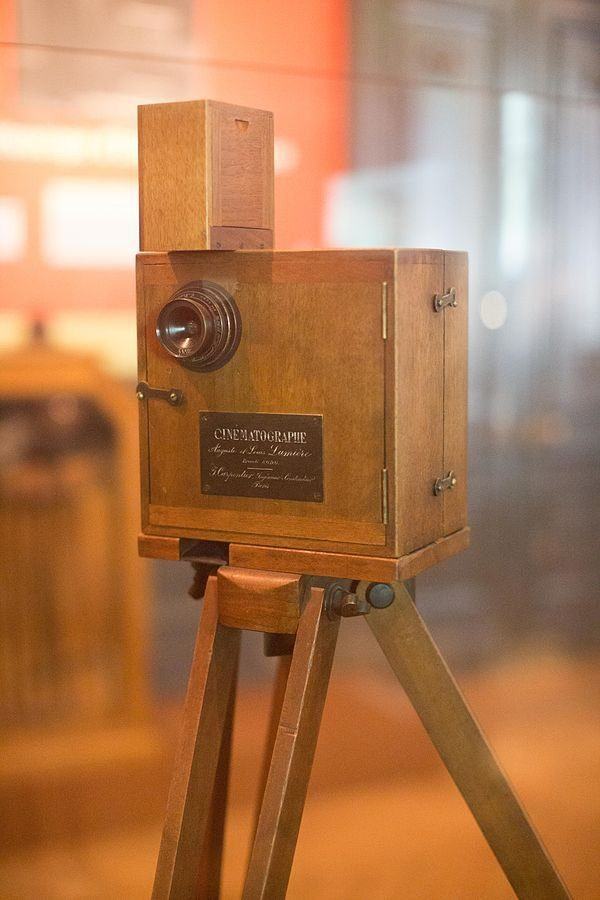
(Photo: victorgrigas own work
CC BY-SA 4.0)
Auguste and Louis Lumière were the firstborn sons of Charles-Antoine Lumière, a photographic plate manufacturer. They went to technical school in Lyon and, after a stint in the Army, joined the family business in 1882 and began to revolutionise it by introducing automation processes and improving the quality of the plates.
A decade later they began to dabble in moving images, designing (and patenting) their own sprocket-driven film camera. They used it to make their first film recording on 19 March 1895. What did they film? Naturally they chose a scene with lots of movement – their own workers leaving their factory entrance at the end of the day.
That factory was located at the back of the family home and is now the site of the Institut Lumière, which runs the museum (located in the exquisite family house) and preserves & promotes French film making. Appropriately the modern building has a glass wall where the original factory gate was, onto which is projected that first movie.
Projection was the thing. Edison had already invented a viewer (his Kinetoscope. It’s on display at the Lumière museum) but you had to look into a box. In December that same year (1895) the brothers demonstrated their new Cinematograph (projector) to a paying audience at the Grand Café in Paris.
Of course, as designers of any new media hardware technology know, hardware needs software/content. So almost immediately Lumière cameramen were dispatched all over the world to film exotic locations, people and cultures. Many of these black & white films are on display at the museum, on video screens, and appropriately in a cinema room on the first floor.
The first floor exhbits emphasise the wide range of interests and skills the brothers possesed and something of their lifestyle. The bedroom of Antoine Lumière and his wife Jeanne-Josephine is on display. It was Antoine, the father, who built the house, and needless to say for this future-looking family it was equipped with the latest gadgets such as telephones, a lift, and under-floor heating.
The cabinets on the first floor also display the talents the brothers had for audio and medical devices, including a prosthetic pincer designed for amputees by Louis, and the ‘Tulle gras’ WW1 field dressing for burns & wounds developed by Auguste.
But it’s on the ground floor that their photographic and cinematic genius is displayed. Take a look at this.
It’s a 360° photo of a 360° print. Mine was taken by my old Theta S camera. Theirs was taken by their invention… the 360° camera!
And it doesn’t stop there.
When was the first time you put on glasses in the cinema to watch a 3D film? Was it Avatar maybe? Well, these guys designed and built their stereoscopic projector and showed the first 3D movie, short film called L’arrivee du train in 1903! It is reported that the quality was sufficient to convince a few members of the audience that they were about to be run over by the oncoming train.
To be so productive at the cutting edge of science, design and engineering, the Lumière brothers had to have an unquenchable thirst for all new ideas. So it’s no surprise that they were always moving on. For that reason in 1905 they sold their interest in projection and focused on their new photographic field – colour slides. Their Autochrome plates, which they had patented in 1904 were the forerunner of a process that probably reached its zenith in Kodachrome 64!
I was on a fairly quick visit (while in Lyon for a day) to the museum, so I’m not sure I gave it as much time as I might have done otherwise, but there are some interesting artifacts on display, though perhaps not as well signed as they could be.
Declaration: I could have used my press card for free entry but I chose to pay so that I wasn’t obligated to write about it.
Factbox
Website:
The Institut Lumière manages the museum.
Getting there:
25 rue du Premier-Film BP 8051
69352 – Lyon Cedex 08.
The Musée Lumière is in the Monplaisir quarter of Lyon. The easiest way to get there if you are not driving* is on the Métro (underground) Ligne D to Station Monplaisir Lumière, or the C16 bus getting off at either the Monplaisir Lumière or Place Ambroise Courtois bus stops.
*If you are driving, you can find parking places in the Place Ambroise Courtois in front of the museum, or there are 54 free places in the car park next to the Institut building behind the museum on Rue du Premier Film.
Price:
Adult: 7 Euro
Reduced rate: 6 Euro for under 18s / over 60 / job seekers / students and school groups / teachers / disabled visitors and the person accompanying them.
Groups: 7+ persons / large families 5.50 Euro
Admission to the Musée Lumière is free for: Children under 7, Club Lumièire, press card holders, Lyon City Card, combined TCL card, Carte M’ra
Audio guides: 3 Euros in addition to the entrance fee. Commentaries available in French, adult and children’s version (7/12 years), English, German, Italian and Spanish.
Guided tours for individual visitors: 3 Euros in addition to the entrance fee.
Opening Hours:
1000 – 1830 Tuesday to Sunday
Closed: 25 December, 1 January, 1 May

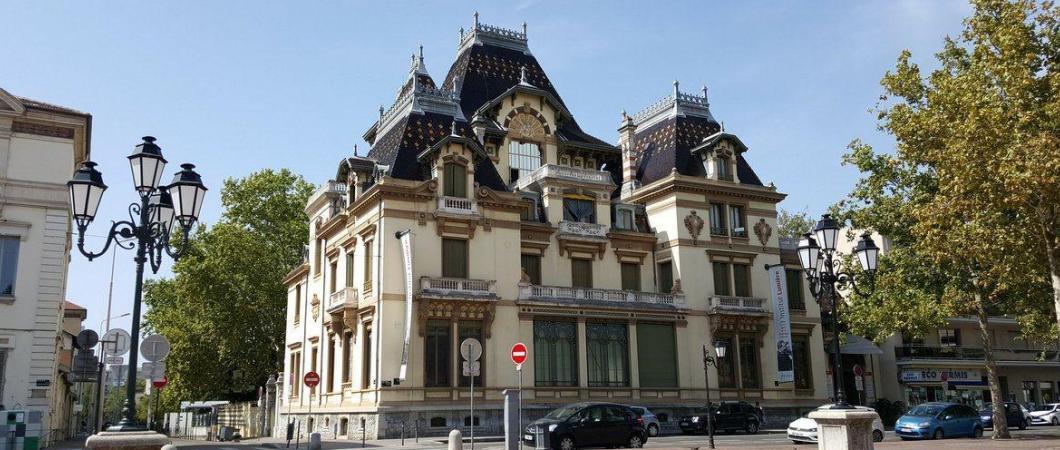
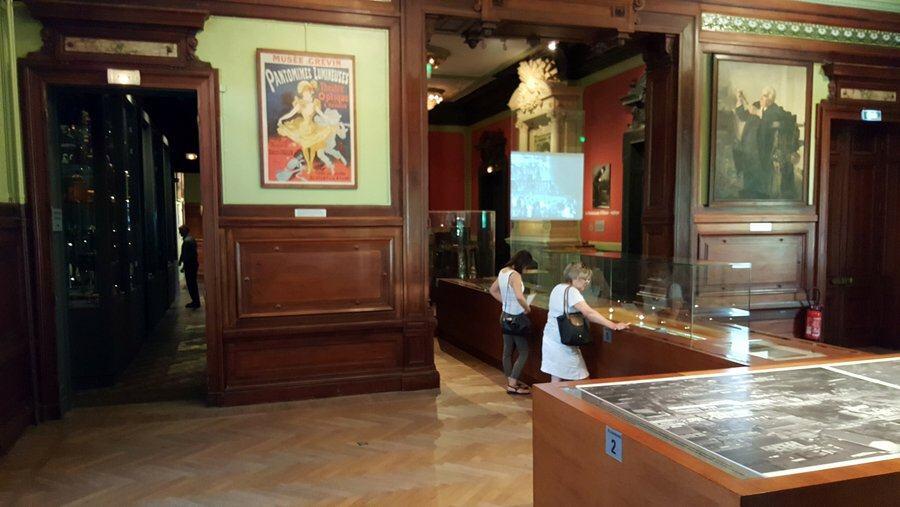
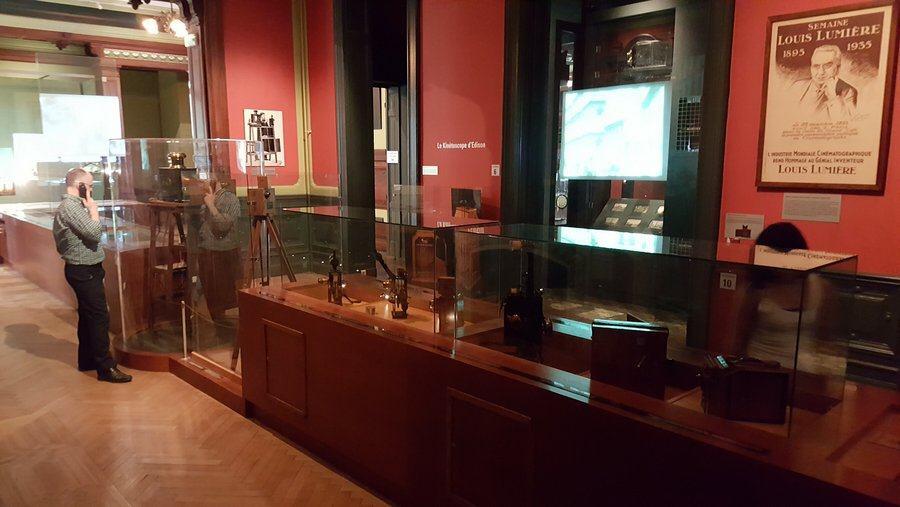
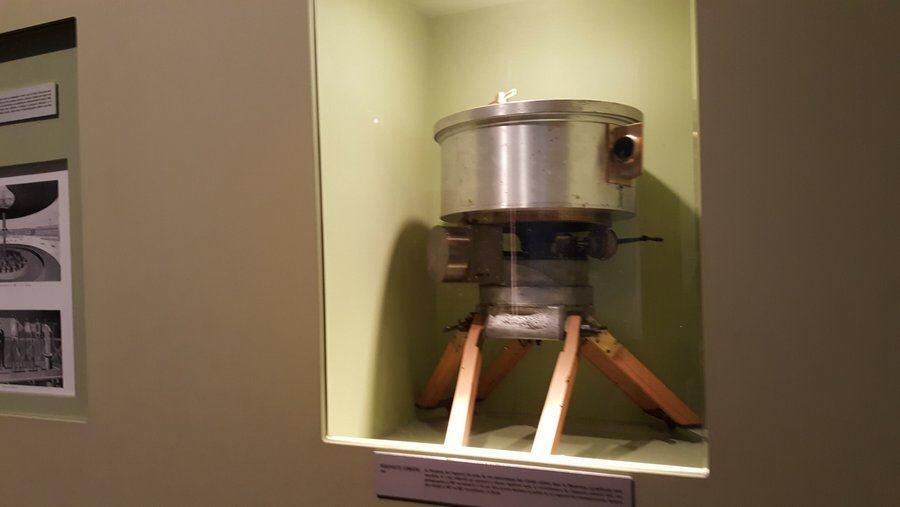
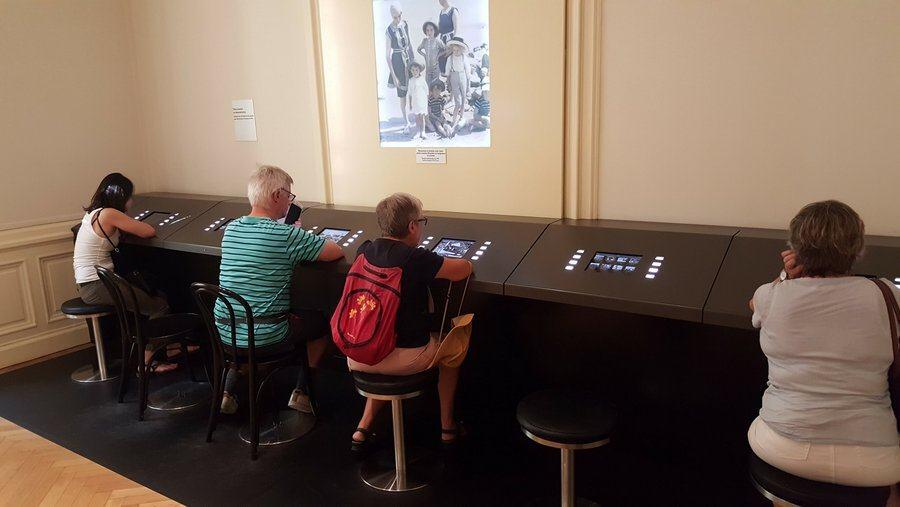
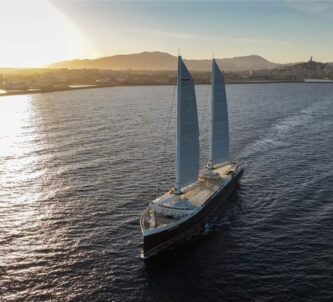

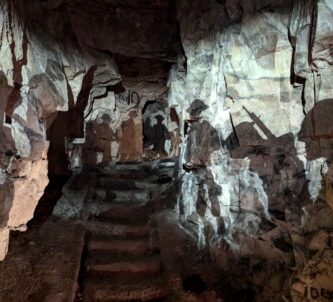



It is a great museum in Lyon, well worth a long visit.